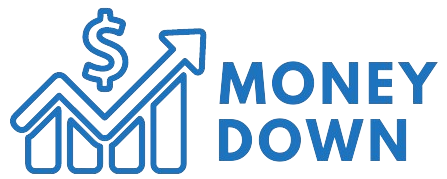Investors depend on evaluation metrics to measure whether a share is suitable. Among these, the PEG relationship is popular for its ability to adapt the evaluation of a share based on future profit expectations. In contrast to the usual -p/e ratio, during which the value only compares with the present profit, PEG incorporates growth proposals. It is just divided by the P/E ratio of an organization by its growth rate. In theory, it makes a more sophisticated instrument to evaluate whether a stock is subjected or overrated.
But does the PEG relationship provide meaningful insights for broad market trends? To discover, we analyzed historical PEG data for the S&P 500 (1985 to 2020) and tested its effectiveness as a trade strategy. We used Yardgeni Research’s PE ratio and its estimates of the forward growth rates for a similar period.
Figure 1. Assignment of the PEG relationship over time.
Conventional wisdom is easy:
- PEG <1.0 → The share is undervalued in comparison with its expected growth.
- PEG> 1.0 → The share is overrated in comparison with its growth.
Many investors think 1.0 be a key threshold. If a stock acts with a pen below 1.0, this is taken into account a possibility. If it’s above 1.0, it’s rigorously really helpful. When we use PEG to change broad market trends, how often do these “undervalued” possibilities appear and do you signal strong returns?
Using the S&P 500 data from 1985 to 2020 and the forward growth estimates from Yardeni research, we found the next:
- PEG <1.0 is rare:
- In the Eighties there was a handful of months during which the PEG ratio had dropped below 1.0.
- In the 2000s, this only happened 3 times.
- It only performed five times within the 2010s.
- With this threshold, the PEG ratio almost never offers consistent buying opportunities.
- PEG as a market timing tool:
- We have tested a method during which an investor would buy the S&P 500 if the PEG ratio was below 1.0, and sell when it moved over 1.
- While this worked well in some times – as within the Eighties – it was far less effective within the 2000s and beyond.
- The expansion of the brink to 1.25 or 1.5 showed similarly mixed results.
- Volatility is high:
- The yields related to different PEG mirrors varied significantly over a long time.
- What worked in a period often failed in one other, which made it difficult to make use of the PEG ratio as an independent market signal.
Table 1.

While the PEG ratio stays a useful instrument for evaluating individual shares, our evaluation suggests that the appliance as a market-wide signal is way less reliable. In the past, the chances of shopping for when the PEG ratio falls below 1.0 was rare, and the strategy of trade based on PEG threshold values has led to inconsistent results, especially since 2000.
While evaluation metrics are invaluable in the choice -making of investments, not a single ratio should determine market timing. Instead, investors should consider the PEG ratio as a part of a wider analytical framework what supplemented it with other basic and macroeconomic aspects with a view to make rounded investment decisions.

